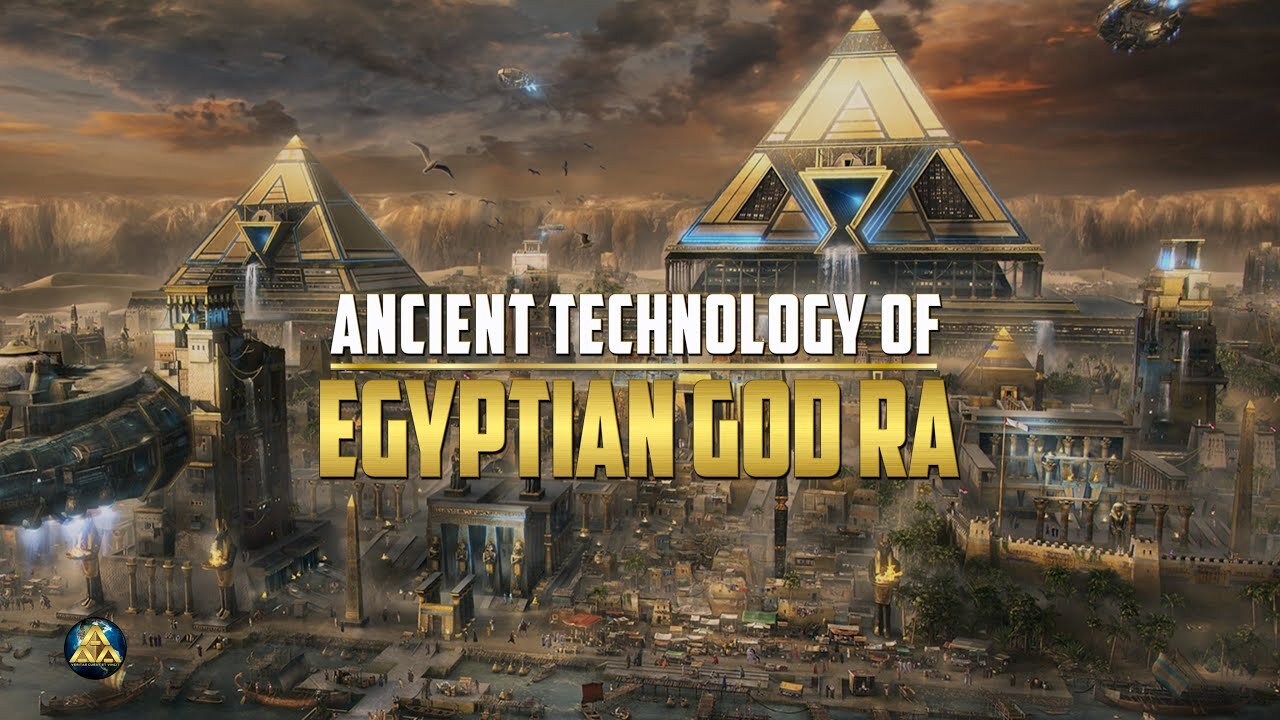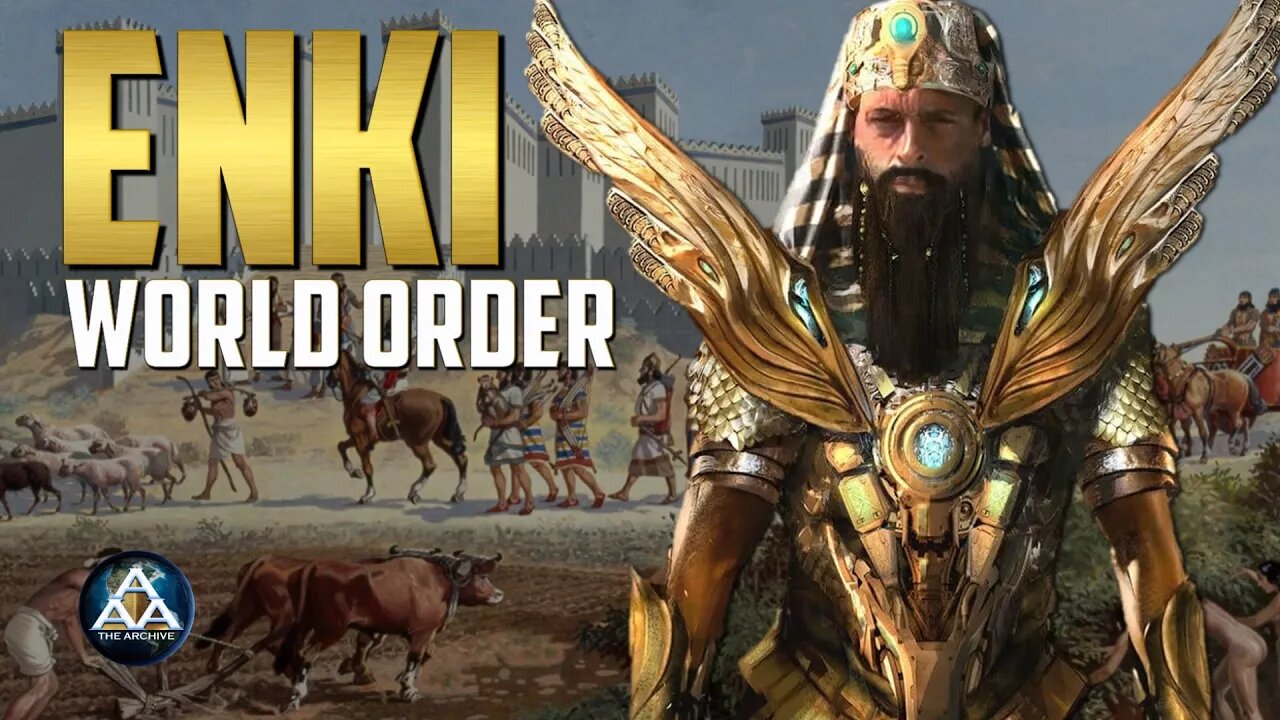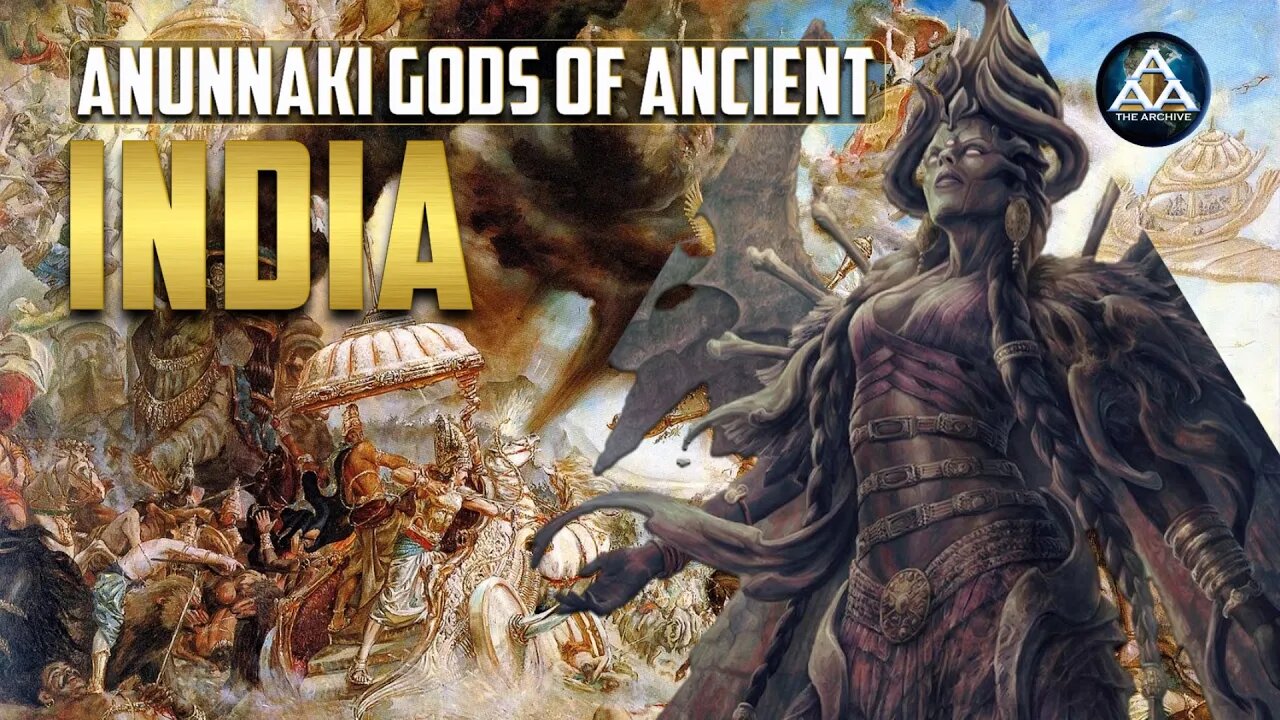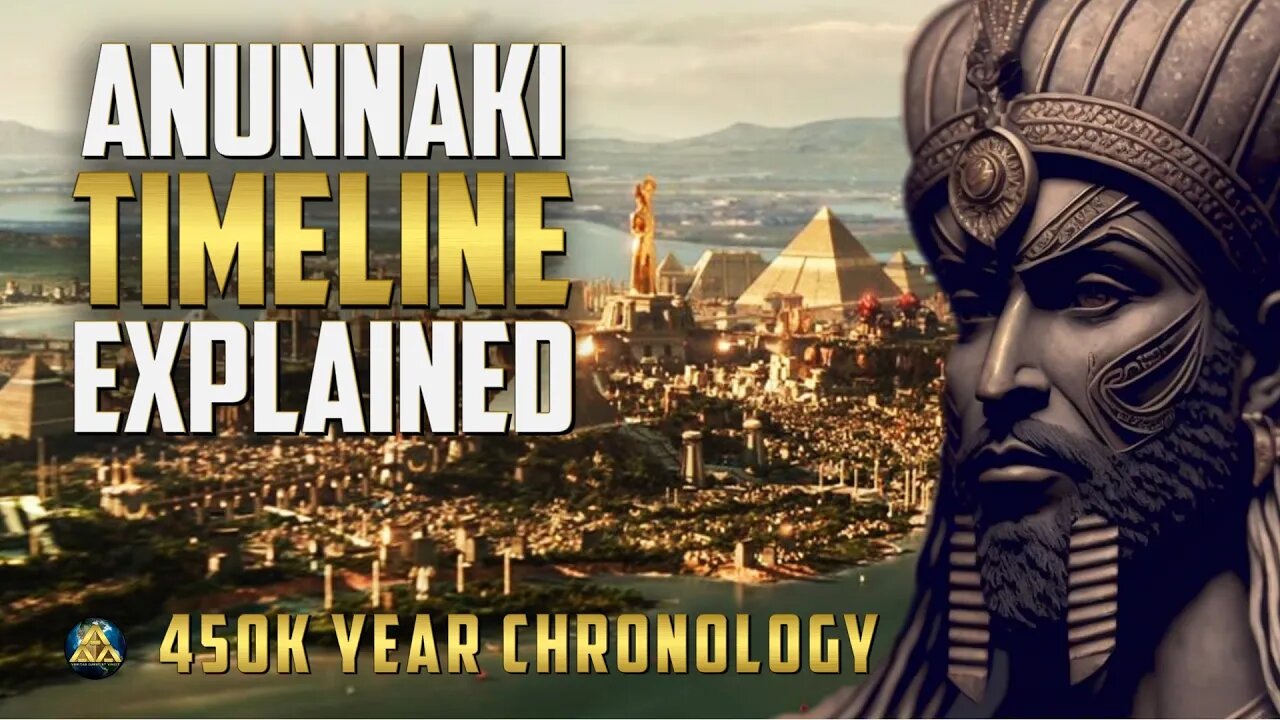Ancient Technology of Ra - Secrets of Heliopolis 8-31-2023
ANCIENT MAP OF TARTARIA 1628
hello friends, this is a map of the great tartary which is also associated with parts of ancient chinese tartary. The ancient Chinese self-identified as "the gods of the dragon" , Dragon-like motifs of a zoomorphic composition in reddish-brown stone have been found at the Chahai site (Liaoning) in the Xinglongwa culture (6200–5400 BC). The presence of dragons within Chinese culture dates back several thousands of years with the discovery of a dragon statue dating back to the fifth millennium BC from the Yangshao culture in Henan in 1987, and jade badges of rank in coiled form have been excavated from the Hongshan culture circa 4700–2900 BC. Some of the earliest Dragon artifacts are the pig dragon carvings from the Hongshan culture. The coiled dragon or snake form played an important role in early Chinese culture. The character for "dragon" in the earliest Chinese writing has a similar coiled form, as do later jade dragon amulets from the Shang period. Chang Qu in 300 BC documents the discovery of "dragon bones" in Sichuan. Villagers in central China have long unearthed fossilized "dragon bones" for use in traditional medicines, a practice that continues today. The binomial name for a variety of dinosaurs discovered in China, Mei long, in Chinese means 'sleeping dragon'. Fossilized remains of Mei long have been found in China in a sleeping and coiled form, with the dinosaur nestling its snout beneath one of its forelimbs while encircling its tail around its entire body. Tartaria was also known as Tartary and used in Western European literature and cartography for a vast part of Asia bounded by the Caspian Sea, the Ural Mountains, the Pacific Ocean, and the northern borders of China, India and Persia, at a time when this region was largely unknown to European geographers. Tartary became the most common name for Central Asia until the 19th century, European knowledge of the area remained extremely scarce and fragmentary. In modern English-speaking tradition, the region formerly known as Tartary is usually called Inner or Central Eurasia. including ideas of a "hidden past" and "mudflood". Such theories contend, that Tartary (or "Tartaria") was a lost civilization with advanced technology and culture. the well documented history of Asia, which Tartary refers to. In the present day, the Tartary region covers a region spanning from central Afghanistan to northern Kazakhstan, as well as areas in present Mongolia, China and the Russian Far East in "Chinese Tartary". Tartaria map and description by Giovanni Botero from his "Relationi universali" (Brescia, 1599). Knowledge of Manchuria, Siberia and Central Asia in Europe prior to the 18th century was limited. The entire area was known simply as "Tartary" and its inhabitants "Tartars".] In the Early modern period, as understanding of the increased geography, Europeans began to subdivide Tartary into sections with prefixes denoting the name of the ruling power or the geographical location. Thus, Siberia was Great Tartary or Russian Tartary, the Crimean Khanate was Little Tartary, Manchuria was Chinese Tartary, and western Central Asia (prior to becoming Russian Central Asia) was known as Independent Tartary. By the seventeenth century, however, largely under the influence of Catholic missionary writings, the word "Tartar" came to refer to the Manchus and the lands they ruled as "Tartary". European opinions of the area were often negative, and reflected the legacy of the Mongol invasions that originated from this region. The term originated in the wake of the widespread devastation spread by the Mongol Empire. The adding of an extra "r" to "Tatar" was suggestive of Tartarus, a Hell-like realm in Greek. More positive opinions were also expressed by Europeans. Some saw Tartary as a possible source of spiritual knowledge lacking in contemporary European society. In Five Years of Theosophy, edited by Theosophist and scholar G.R.S. Mead, polymath and "seer" Emanuel Swedenborg is quoted as having advised: "Seek for the Lost Word among the hierophants of Tartary, China, and Tibet." The use of "Tartary" declined as the region became more known to European geographers; however, the term was still used long into the 19th century. Ethnographical data collected by Jesuit missionaries in China contributed. if you made it to the end you are probably the first ever, hahahaha, dont laugh, if you laughed you must subscribe for the best maps. #tartaria #tartariamenteabierta #tartarianarchitecture #tartarian https://youtu.be/9KDt3q-Zpl0

















































